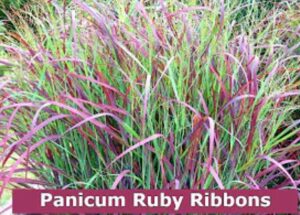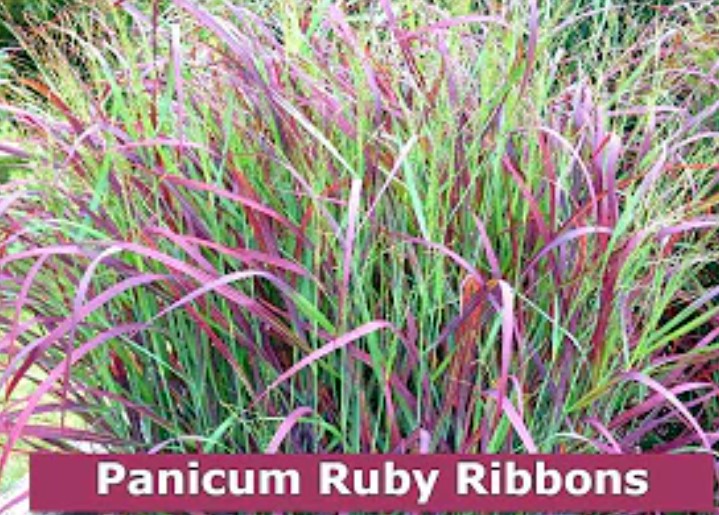Describe Panicum plant/Guinea grass (whole plant)
Describing Panicum plant/Guinea grass
Panicum plant and Guinea grass are closely related plants that belong to the same genus, Panicum, within the family Poaceae (grass family). While they share similarities, they also have some distinguishing features

Panicum plant
Panicum is a genus of flowering plants in the Poaceae grass family, commonly known as panic grass or switchgrass. It comprises over 450 species distributed worldwide, with a wide range of habitats, including grasslands, savannas, wetlands, and disturbed areas. Panicum species are often perennials, meaning they can live for multiple years, although there are some annual species as well.
Appearance:
The appearance of Panicum plants can vary depending on the species, but they generally have slender stems that can grow anywhere from a few centimetres to several meters in height. The leaves are long and narrow and usually have a prominent midrib. The leaf blades can be smooth or hairy, and their colour may range from green to reddish or purplish tones.
Flowers and Fruits:
Panicum plants produce inflorescences, clusters of flowers on branching stems. The inflorescences can be compact or loose and may vary in shape, such as a panicle, raceme, or spike. The flowers themselves are small and often have bracts or tiny scales. They can be wind-pollinated, and the colours range from greenish to purplish or brownish.
After pollination, Panicum plants develop fruits, which are typically small grains or seeds. These seeds are usually enclosed in a tough outer covering called a lemma and can be dispersed by wind, water, or other means.
Ecological Importance:
Panicum plants play an essential role in various ecosystems. They are often considered valuable forage crops for livestock, as many species have high nutritional value. Panicum virgatum, known as switchgrass, is a notable example used for livestock forage and biofuel feedstock.
Furthermore, Panicum plants can help prevent soil erosion due to their dense root systems. They also provide habitat and food for insects, birds, and small mammals. In wetland areas, some Panicum species stabilize the soil and improve water quality.
Several Panicum species are cultivated as ornamental grasses for their attractive appearance and adaptability to different growing conditions. They are often used in landscaping for their graceful, flowing form and ability to add texture and movement to gardens. Panicum species are generally low-maintenance and can tolerate a range of soil types, including poor or dry soils.
Guinea grass
Guinea grass, scientifically known as Panicum maximum, is a perennial, tall-growing grass species native to Africa. It is widely cultivated worldwide in tropical and subtropical regions as a forage grass for livestock and an erosion control measure. Guinea grass belongs to the Poaceae family, which includes many other important cereal crops.
Here are some critical characteristics of Guinea grass:
- Appearance: Guinea grass is a robust grass species that can grow up to 3 meters (10 feet) in height, although it is often cut shorter for forage purposes. It has long, slender leaves that are typically green in colour. The stems are strong and upright, forming dense clumps or clusters.
- Adaptability: Guinea grass is highly adaptable and can thrive in various soil types, including sandy, loamy, and clay. It prefers well-drained soils but can tolerate moderate flooding. It is also tolerant of acidic and low-fertility soils, making it suitable for areas where other crops may struggle.
- Growth and Regeneration: Guinea grass has a rapid growth rate and can quickly establish dense stands. It can be propagated through seeds or vegetatively through stem cuttings. Once installed, it has good regrowth capacity, allowing for repeated grazing or cutting.
- Forage Value: Guinea grass is primarily cultivated as a forage crop for livestock, particularly cattle. It has a high dry matter yield and is rich in nutrients, making it a valuable feed source. The leaves and stems are palatable to animals and can be grazed or cut for hay production.
- Environmental Benefits: Guinea grass has extensive root systems that help control erosion by binding the soil and reducing water runoff. It can also be used in reforestation efforts or as a cover crop to protect the soil between cash crops.
- Weed Control: Due to its fast growth and dense stands, Guinea grass can effectively suppress the growth of weeds, making it useful for weed control in agricultural fields.
- Potential Drawbacks: While Guinea grass has numerous benefits, it can also become invasive in certain regions, where it can outcompete native vegetation. Therefore, it is essential to consider its potential impact on local ecosystems before introducing it into new areas.
Read Here: Comparing Panicum plant and Guinea grass

